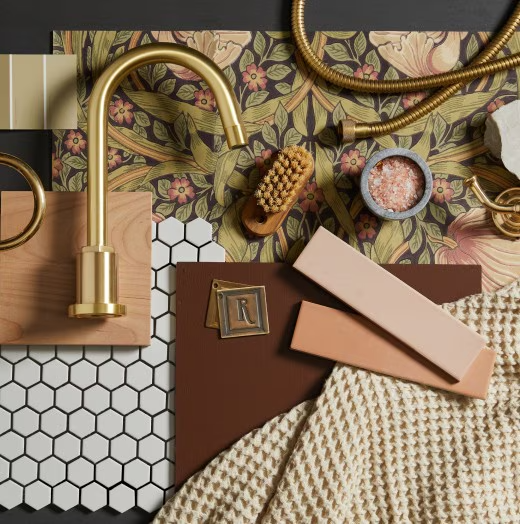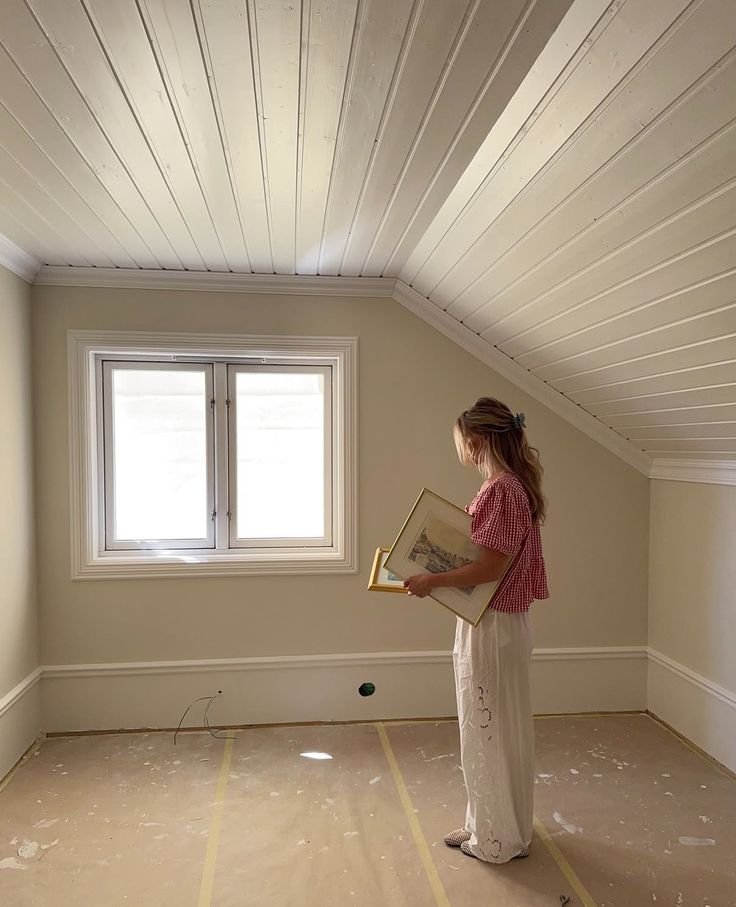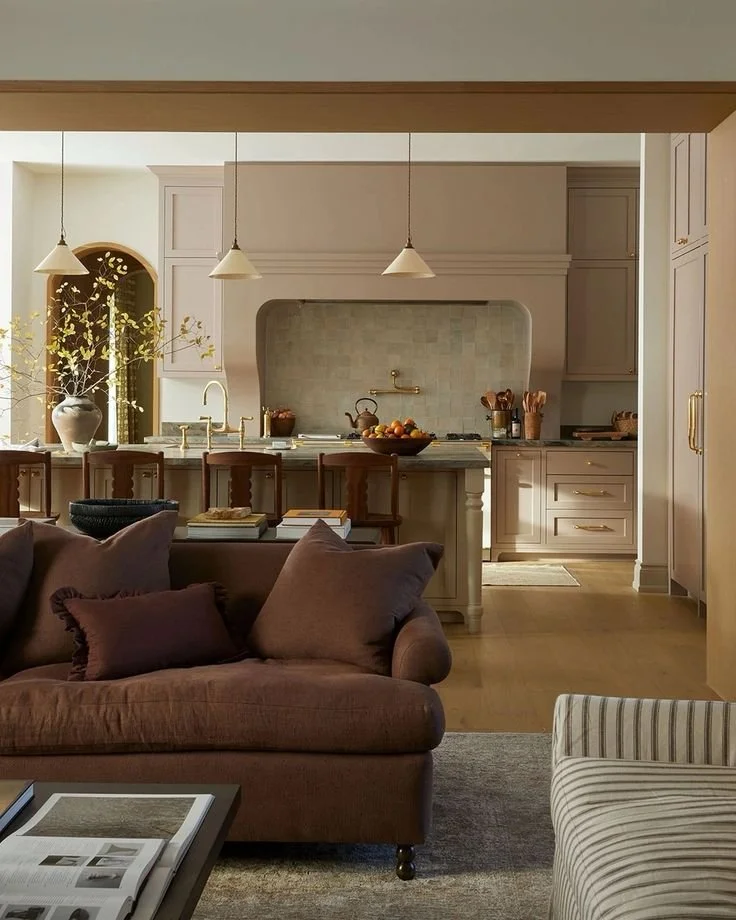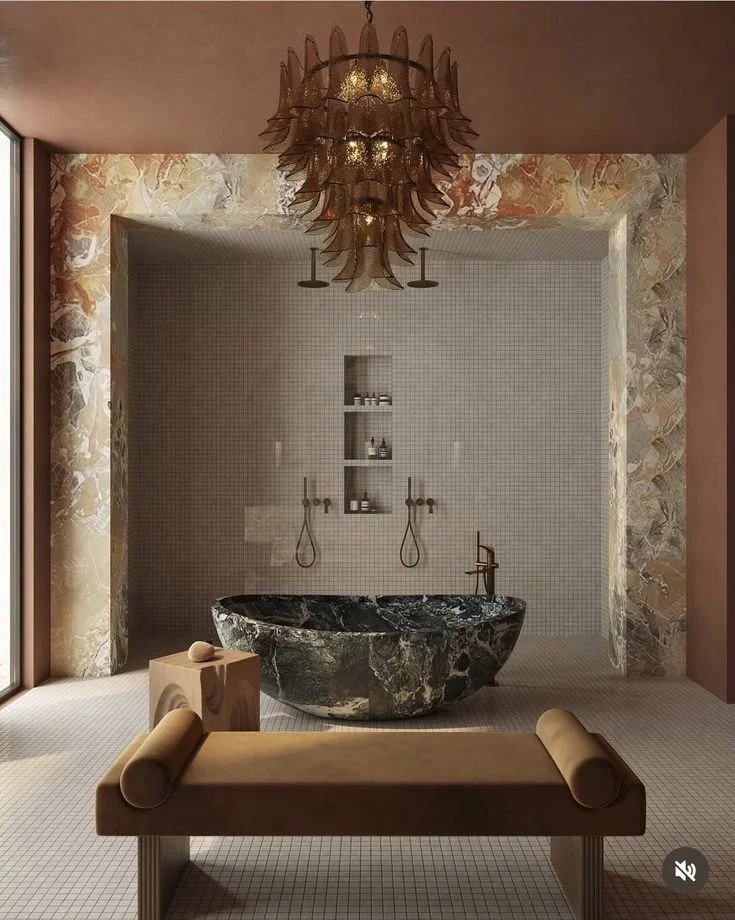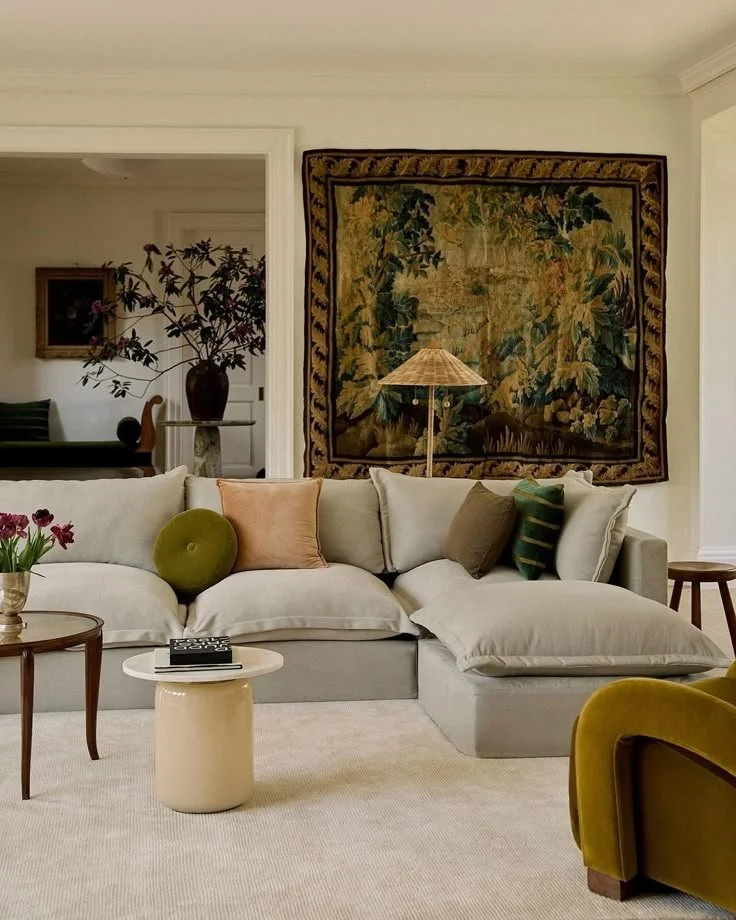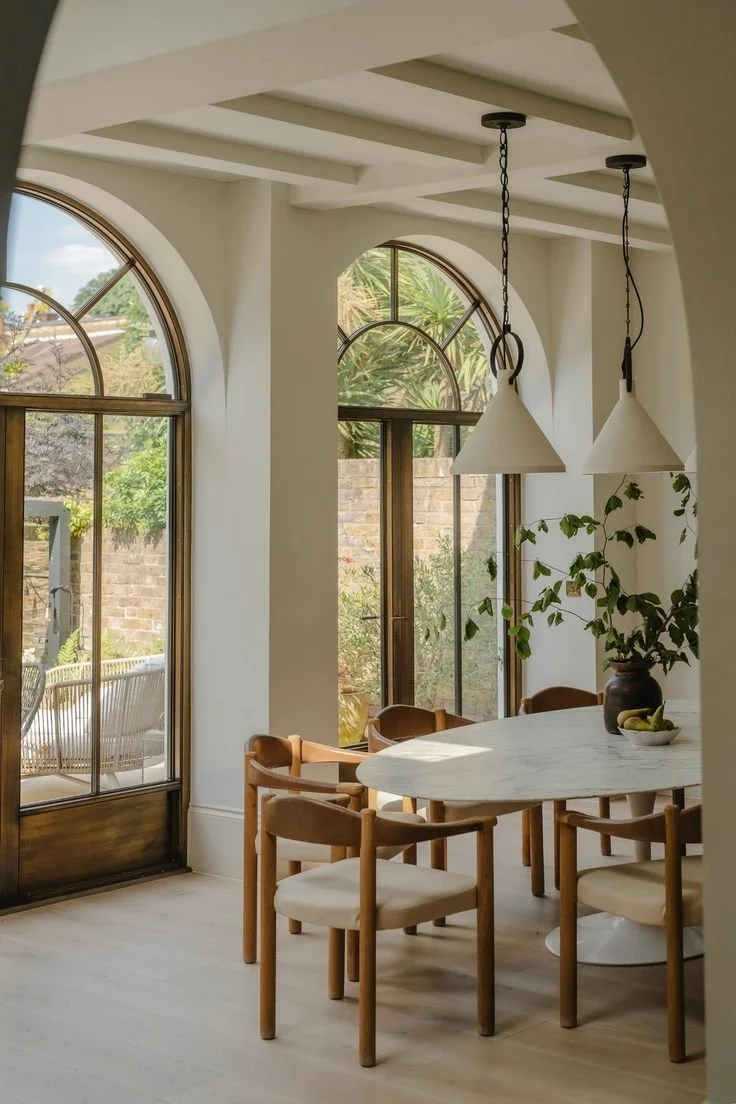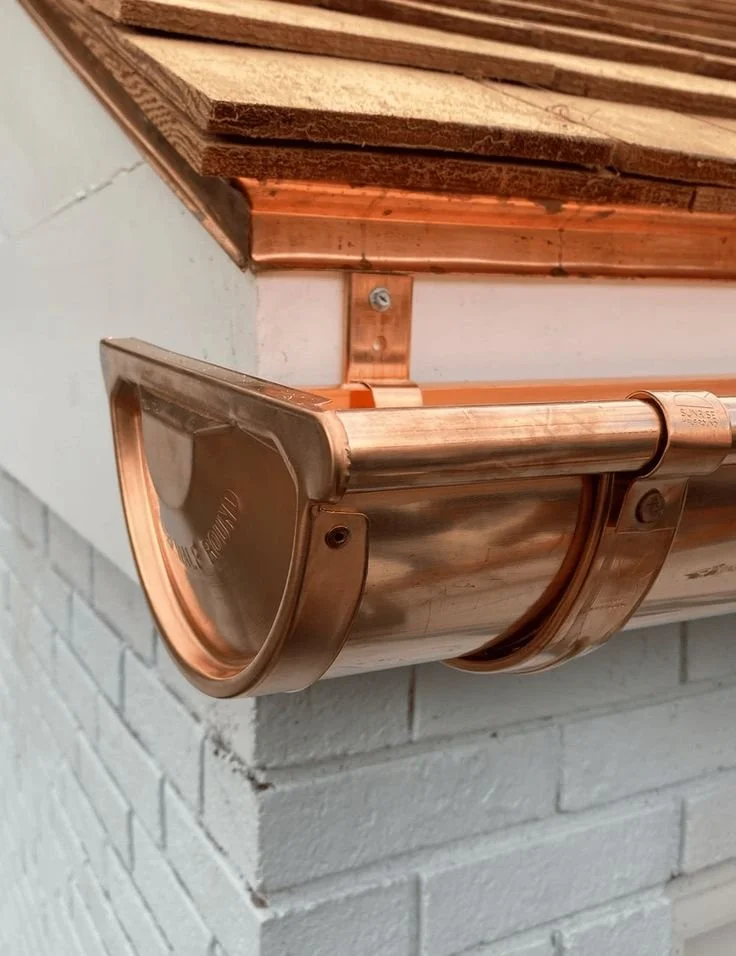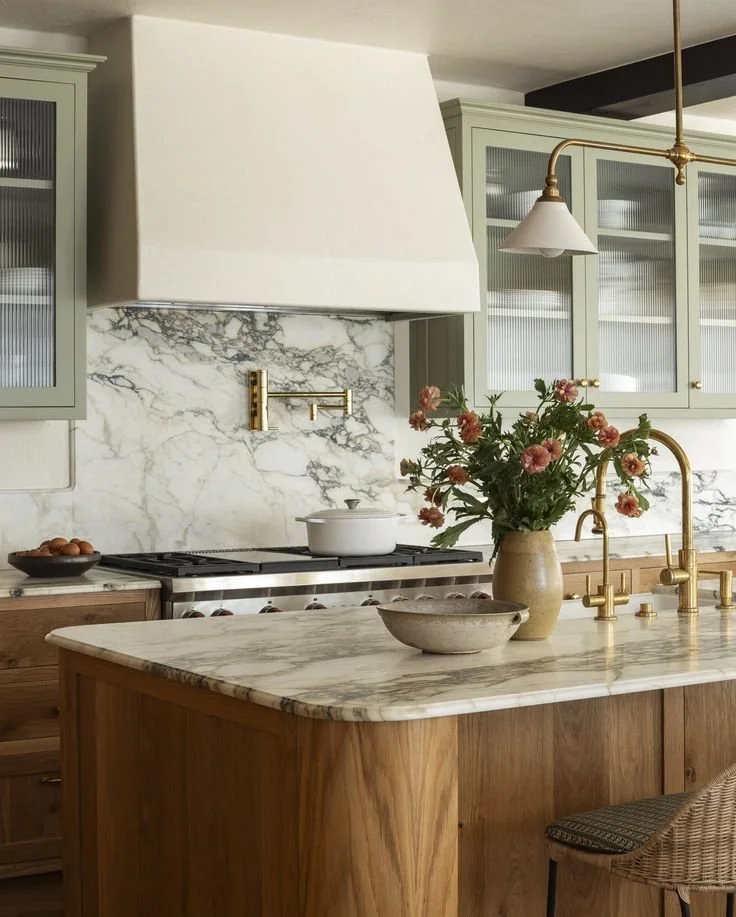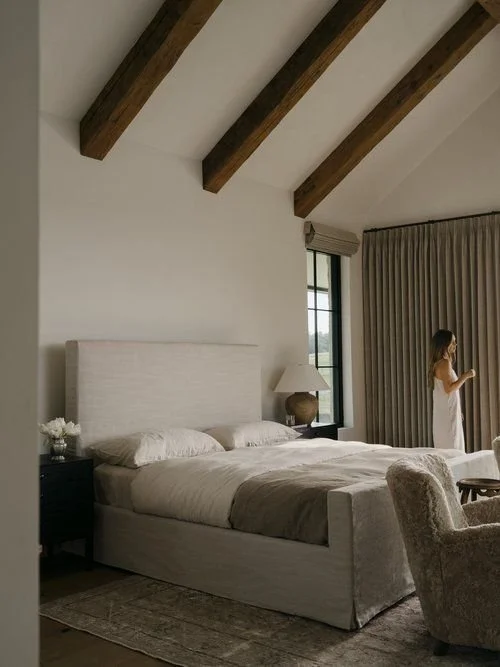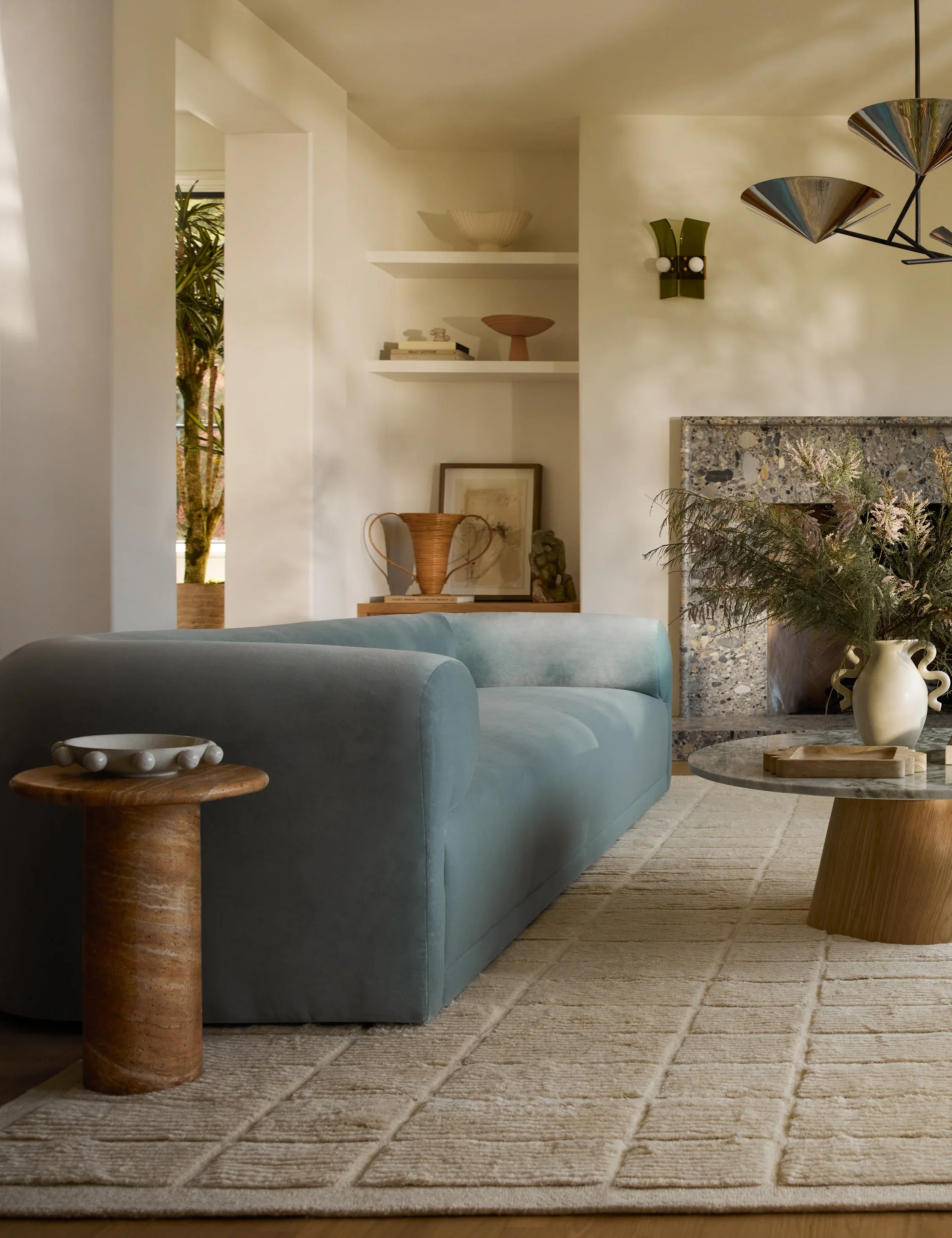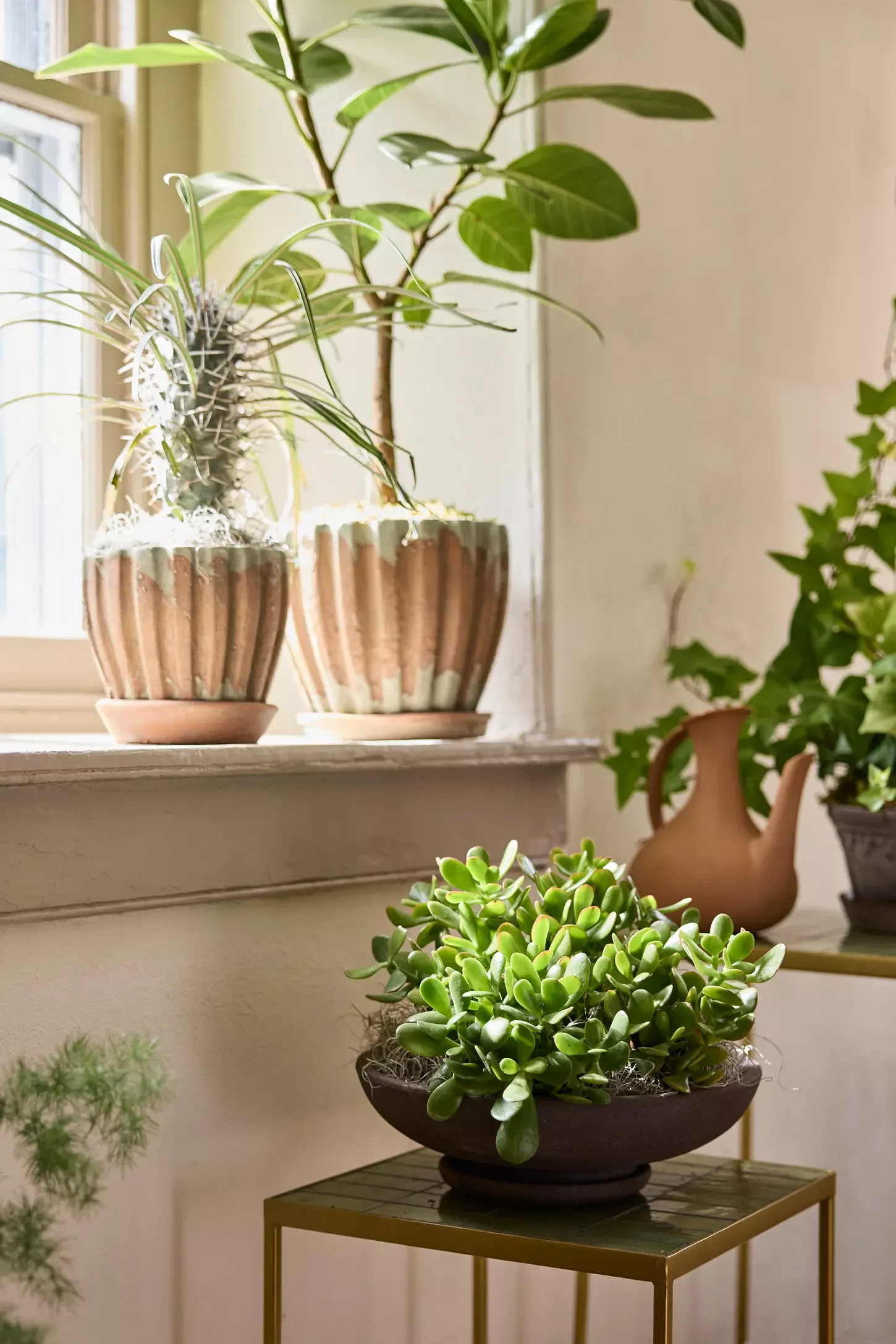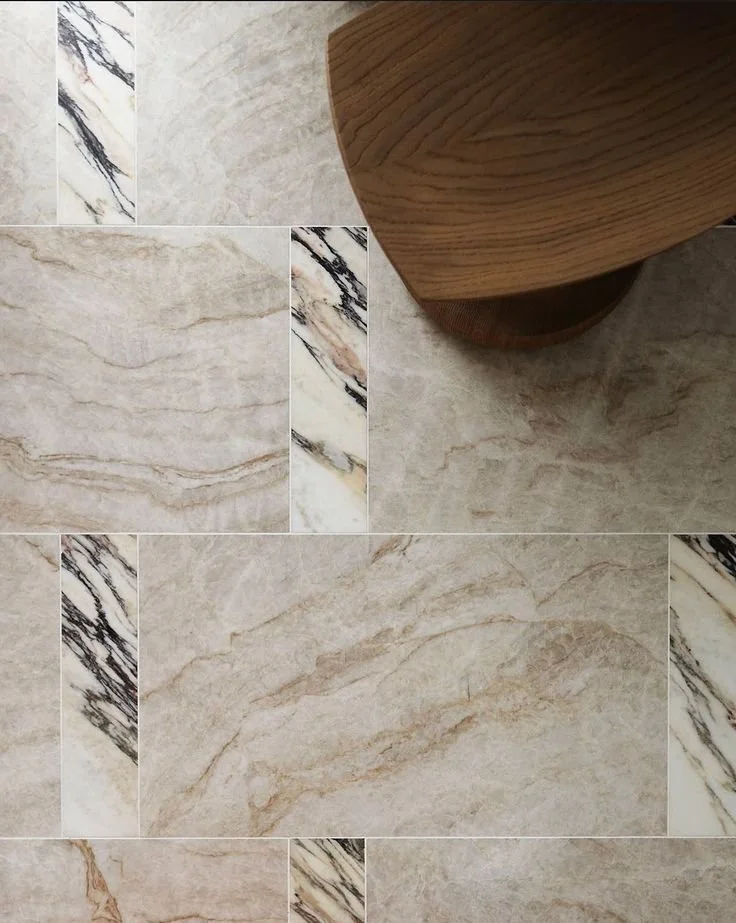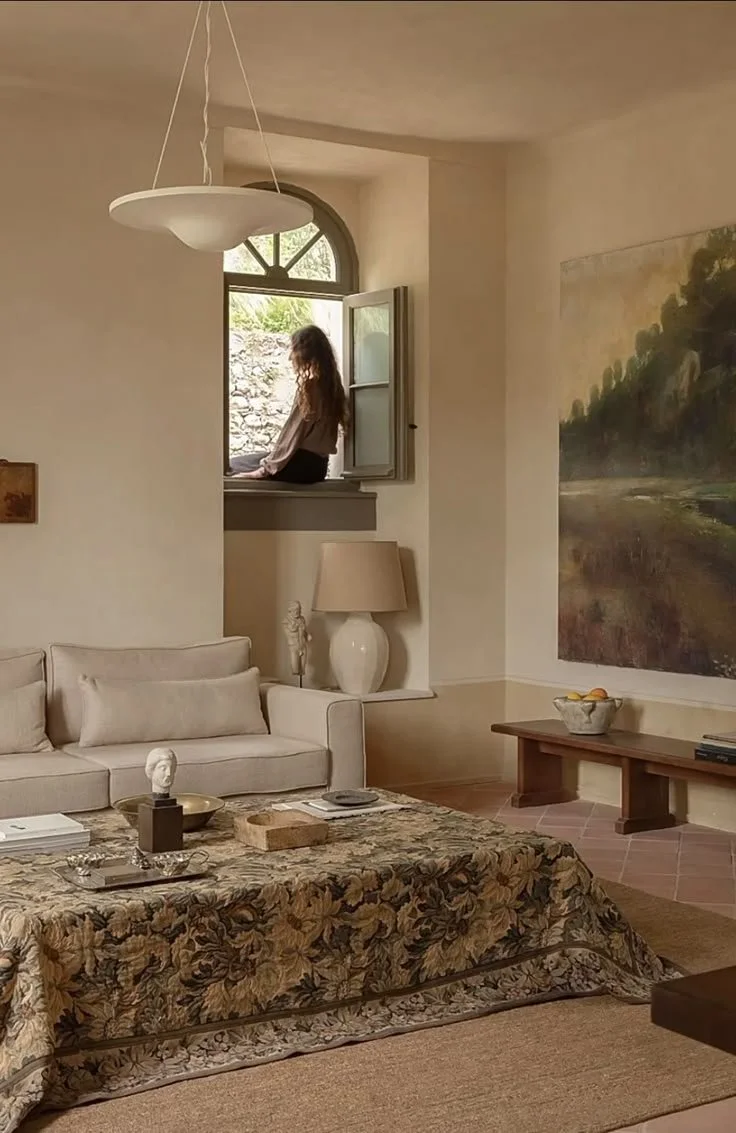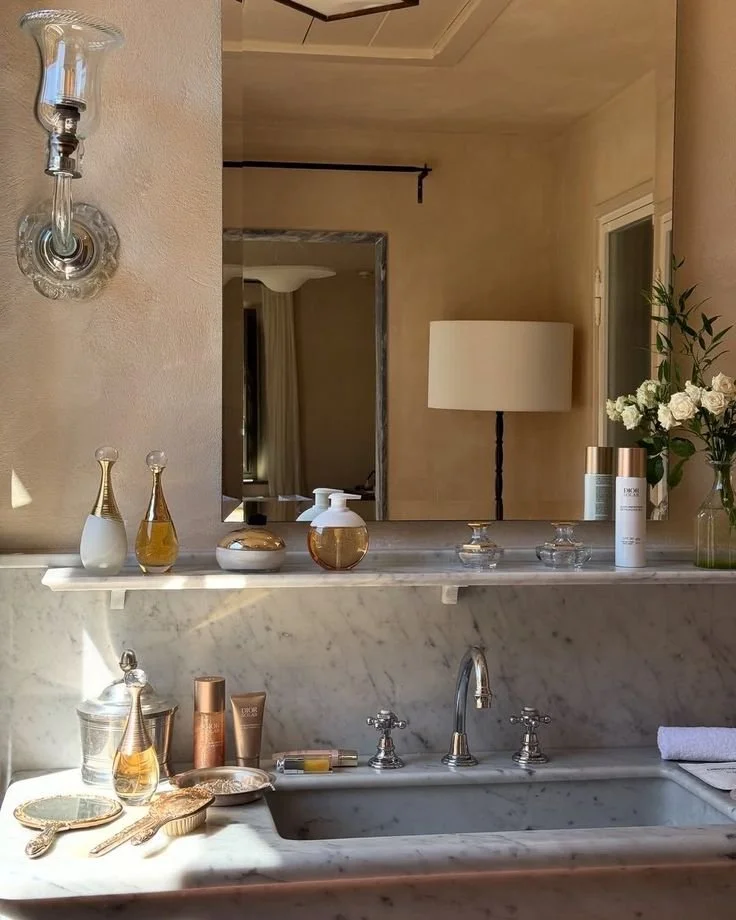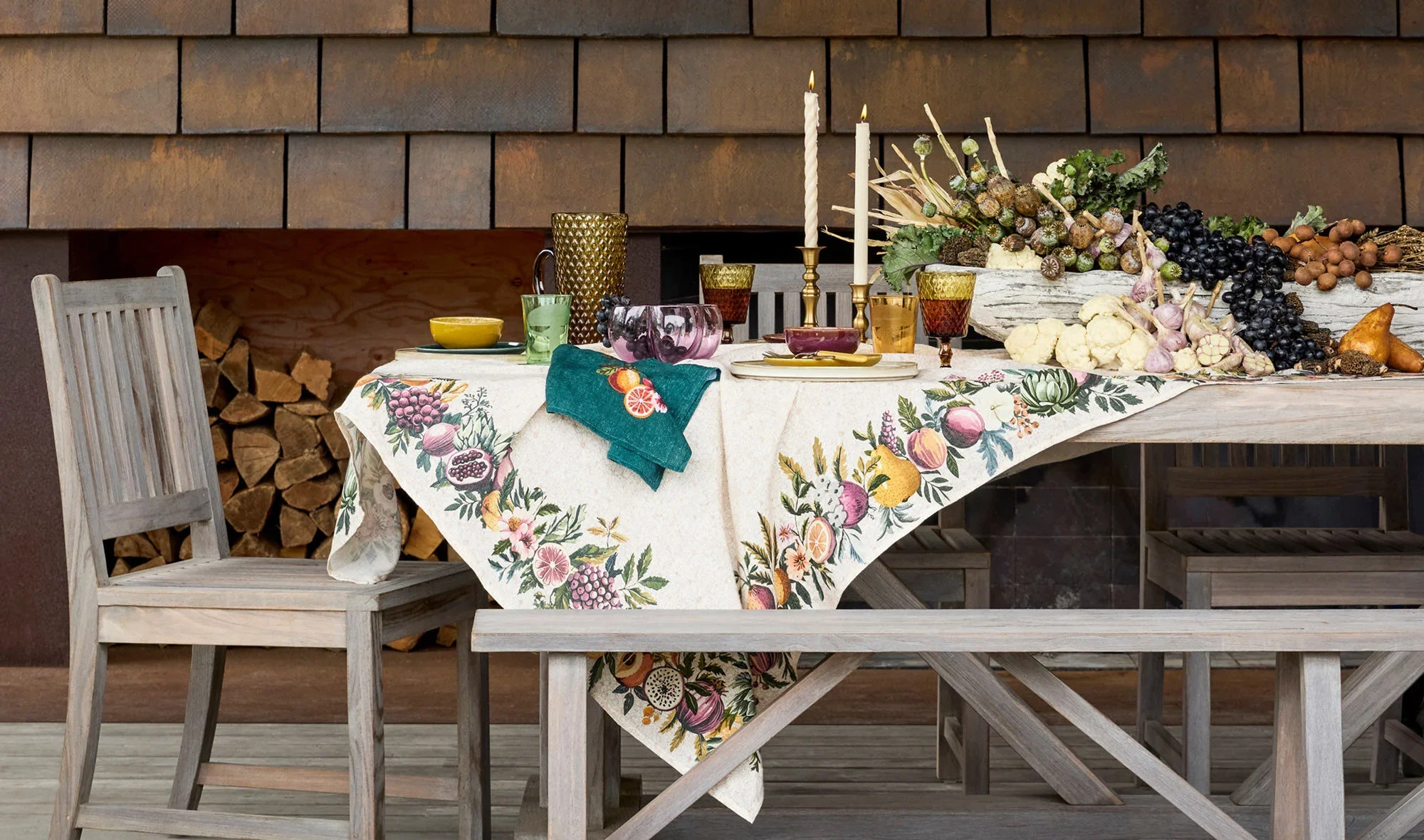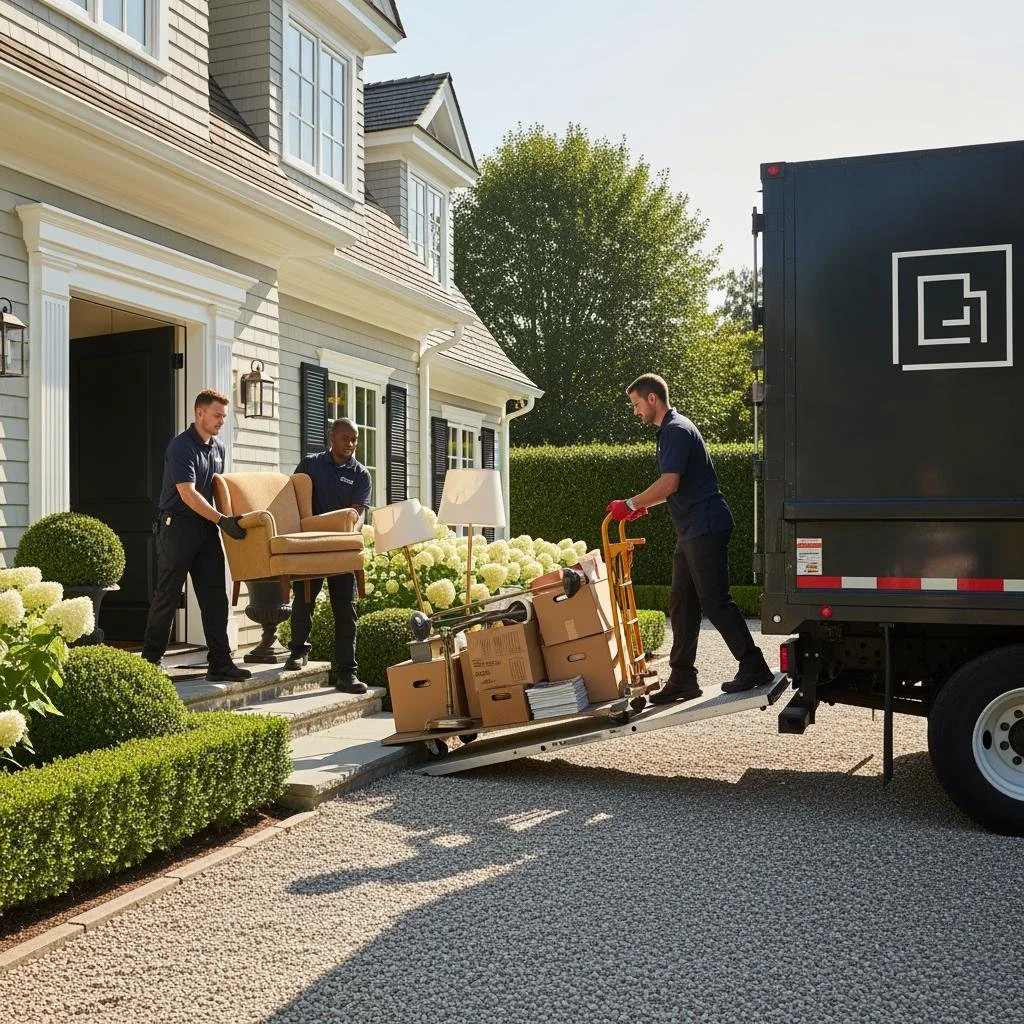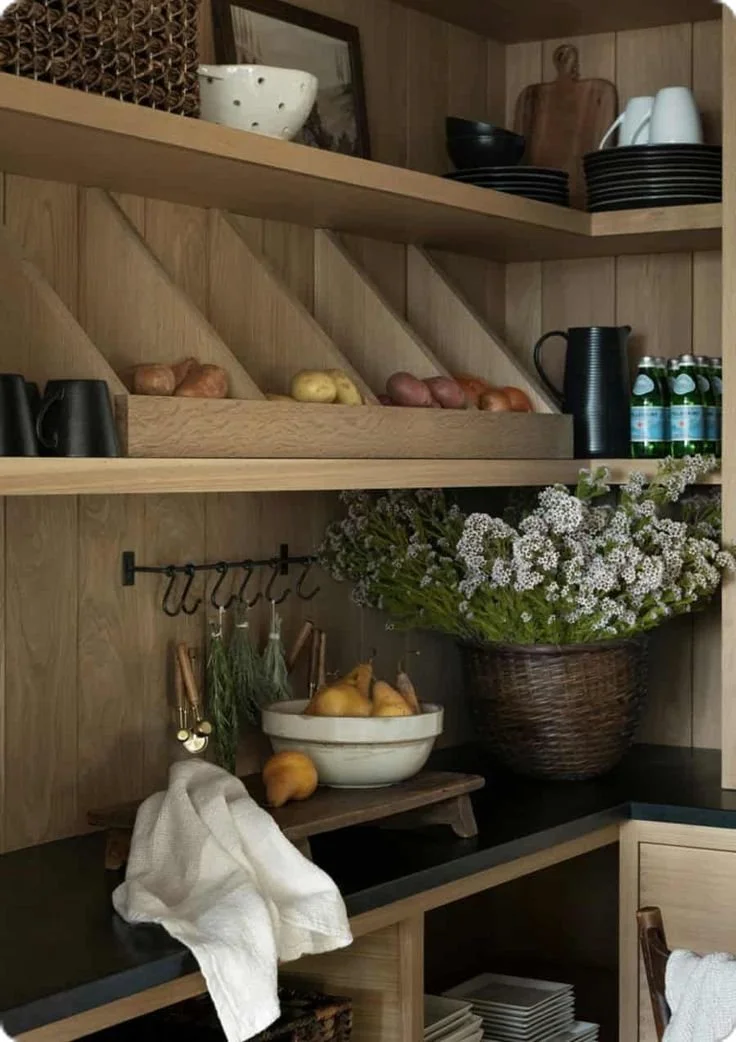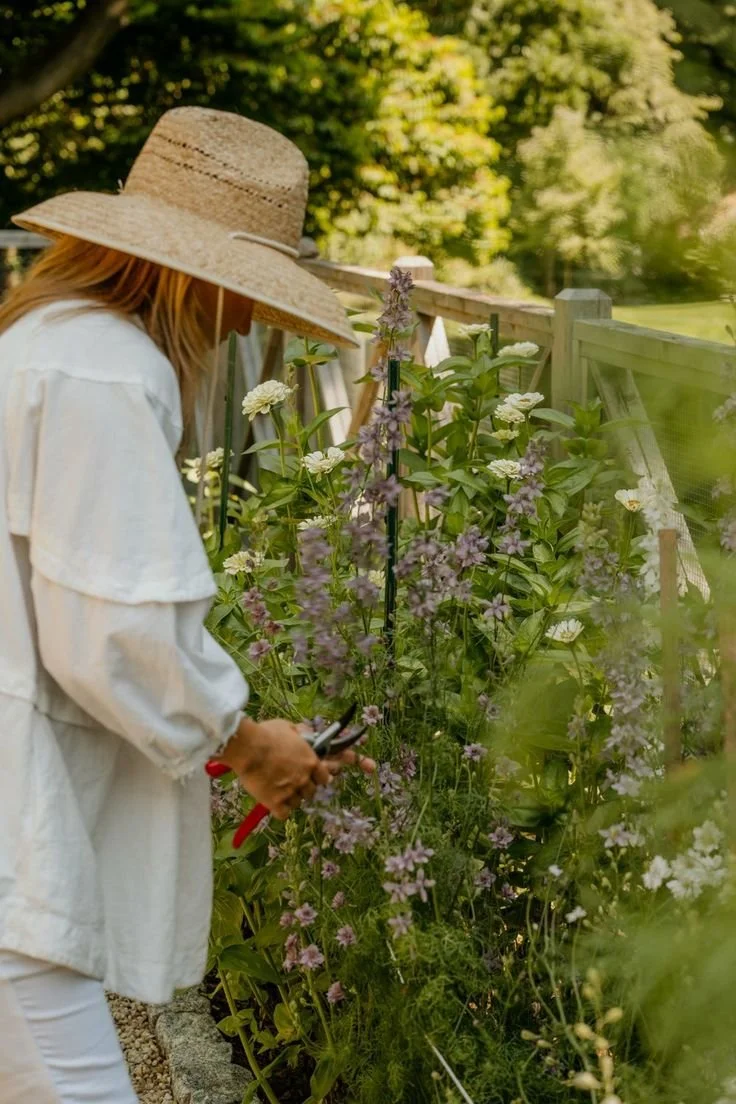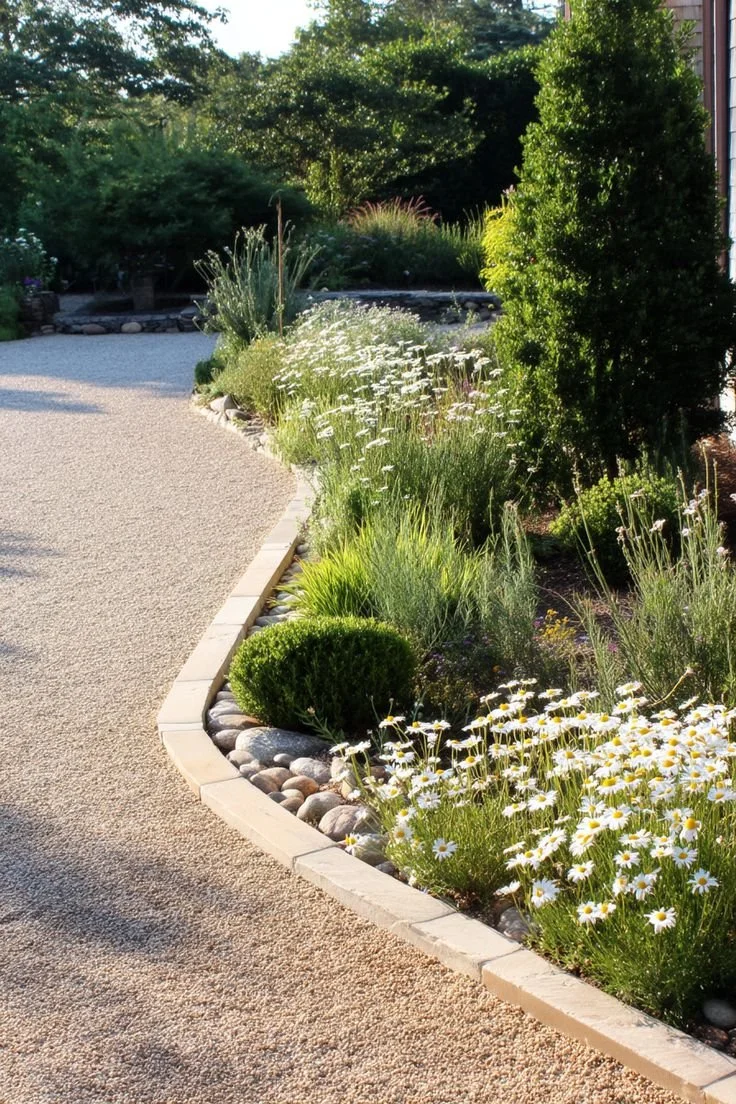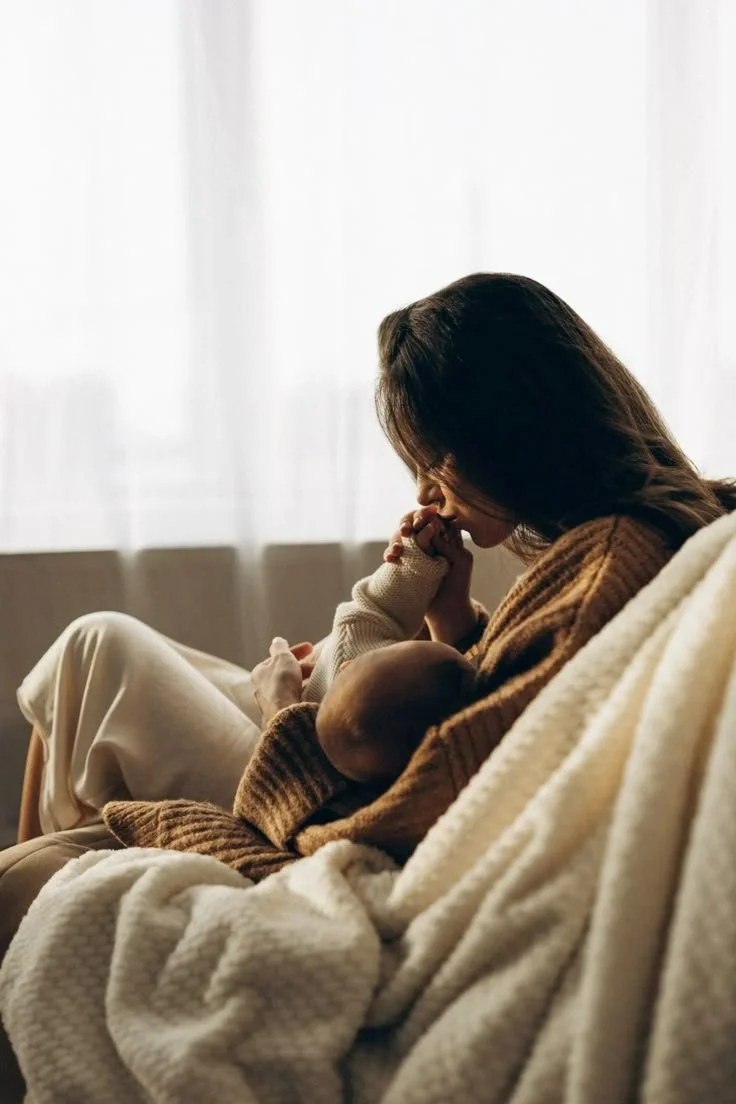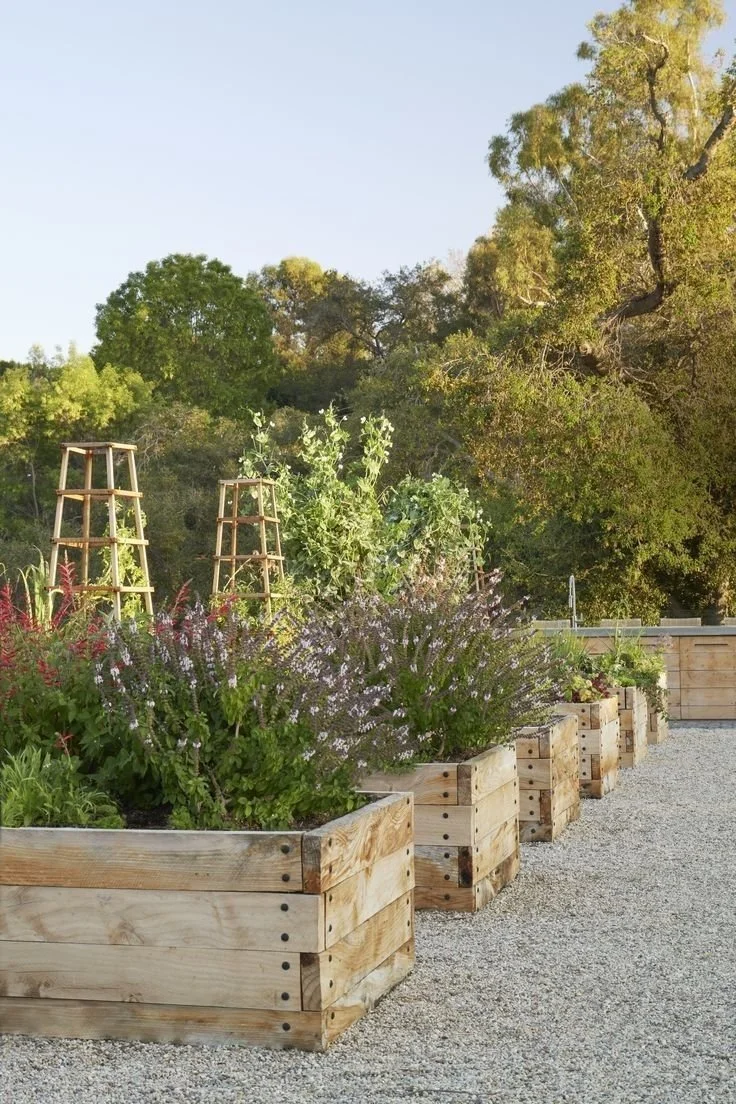Best Color Roof Choices For Durability And Curb Appeal
Selecting the right roof color is more than a matter of personal taste—it’s a decision that directly impacts your home’s curb appeal, energy efficiency, and even resale value. The roof is one of the most visible components of a house, and its color can either enhance or detract from the overall design. It also plays a functional role in temperature regulation and long-term maintenance.
In today’s housing market, where sustainability and design are equally valued, homeowners must consider several factors when choosing a roof color. These include climate, architectural style, neighborhood trends, and the type of roofing material. In this article, we explore the many dimensions of roof color selection, offering practical guidance to help homeowners make an informed, balanced choice that supports both form and function.
No. 1
Choosing the Best Roof Color
Choosing the best roof color is a key decision that affects a home's curb appeal, energy efficiency, and overall value. The ideal color should complement the architectural style and exterior elements like siding, trim, and stonework. Neutral tones such as grays and tans often work best because they blend well with most homes and increase market appeal.
Climate also plays a significant role in picking a roof color. Lighter shades can reflect heat, helping homes stay cooler in warmer regions, while darker colors absorb heat and suit colder climates better. Popular choices for 2025 include versatile shades like Williamsburg Gray, which pairs well with both warm and cool exteriors.
Homeowners should consider their personal style alongside these practical factors. Balancing aesthetics with functionality leads to a choice that enhances both the home's look and performance.
No. 2
Understanding the Importance of Roof Color
Choosing the right roof color involves practical and aesthetic factors that affect a home's look, functionality, and market value. Each decision about color influences multiple aspects of the home environment with specific consequences.
Impact on Home Appearance
Roof color shapes the first impression of a property and complements its architectural style. Dark shades like charcoal or black provide a classic, bold contrast, ideal for modern or traditional homes. Lighter colors such as beige, gray, or tan create a softer appearance, often enhancing curb appeal in warmer climates or natural settings.
The roof should harmonize with exterior elements—siding, trim, and landscaping—to avoid visual disharmony. Choosing a roof color that clashes with these elements can reduce overall home attractiveness and disrupt design balance.
Energy Efficiency Considerations
Roof color affects heat absorption and energy consumption. Darker roofs absorb more solar heat, increasing cooling costs during hot months. Conversely, lighter roofs reflect sunlight and help maintain lower indoor temperatures.
In cooler climates, a darker roof can reduce heating costs by absorbing more heat. In hotter regions, selecting lighter colors or reflective roofing materials improves energy efficiency by reducing air conditioning demand.
Resale Value Implications
Roof color can influence a home’s market appeal and resale price. Color choices aligned with regional trends and architectural styles usually support better valuation.
Neutral and widely accepted shades tend to attract more buyers and ease the selling process. Unusual or overly bold colors may limit potential buyer interest, possibly affecting resale negatively. A well-chosen roof color often signals good maintenance and care, which adds perceived property value.
No. 3
Factors to Consider When Choosing the Best Color Roof
Selecting the right roof color requires balancing practical concerns with aesthetic ones. Important factors include how the color affects energy efficiency, fits with the home's design, and aligns with the surrounding area's appearance.
Climate and Weather
Roof color significantly impacts the home’s temperature regulation. Light-colored roofs reflect more sunlight and are ideal for hot climates, as they help keep the interior cooler and reduce air conditioning costs. Conversely, dark-colored roofs absorb heat, which can be beneficial in colder regions by reducing heating needs and aiding with snow melting.
Weather patterns also affect color durability. Roofs in areas with intense sun exposure may fade faster, so choosing colors and materials with UV-resistant properties helps maintain appearance over time. Moist climates may require colors and finishes that mitigate mold and algae growth.
Architectural Style
The roof color should complement the architectural style of the home. Traditional styles often look best with natural, earthy tones like browns, greys, and blacks. Modern and contemporary homes may allow for bolder or more varied colors that highlight clean lines and unique shapes.
Considering the roofing material is also essential. For example, slate or tile roofs typically come in muted, classic tones, while asphalt shingles offer a broader color range. The pitch of the roof can influence how light hits the surface, subtly changing color perception and therefore should guide the choice.
Neighborhood Trends
It is prudent to consider the established look of the surrounding neighborhood when selecting a roof color. Many communities have standards or homeowner association rules designed to preserve uniformity and property values.
Matching or coordinating with nearby homes can enhance curb appeal and avoid potential conflicts. Conversely, standing out too much with an unusual roof color may negatively affect resale value or invite scrutiny. Observing popular roof colors in the area can offer guidance on what works well locally.
Rejuvenation
Jumpstart your next home project with Rejuvenation's Home Project Guides!Expert tips, inspiration, and resources to bring your vision to life.
Start planning today!
No. 4
Popular Roof Color Options
Choosing the right roof color involves balancing appearance, climate, and style preferences. Some colors suit traditional homes, while others appeal to modern or natural designs. Energy efficiency and compatibility with exterior elements also play a role in the decision.
Classic Neutral Tones
Neutral shades like gray, black, and brown remain widely popular due to their adaptability and timeless appearance. Gray shingles, including trending shades such as Williamsburg Gray, blend well with both cool and warm home exteriors. Black shingles offer a sleek, elegant look and have improved energy efficiency through reflective granules.
Brown shingles are known for their warm, inviting feel, pairing effectively with natural materials like stone or brick. These tones tend to enhance curb appeal without overwhelming other architectural features. They are versatile for various roof shapes, including gable roofs which commonly feature these colors.
Bold and Modern Colors
Bold colors, though less common, cater to homeowners seeking a distinctive or contemporary aesthetic. Dark blues, deep greens, and even subtle reds add character and personality to modern homes. These colors often work best when carefully coordinated with exterior paint and landscaping.
Energy efficiency may vary with bold colors, sometimes absorbing more heat than lighter shades. Therefore, material choice and local climate should factor into whether these colors are practical beyond appearance. Bold hues also tend to require more upkeep to maintain vibrancy over time.
Natural and Earthy Hues
Earth tones such as beige, olive green, and muted browns appeal to those emphasizing harmony with the surrounding landscape. These colors suit complex roof shapes like hip roofs, where varied tones complement architectural details.
Natural hues often integrate well with eco-friendly or rustic home designs. They help roofs blend into wooded or rural settings, supporting a cohesive environmental look. Additionally, these colors can contribute to maintaining cooler roof temperatures in warmer climates by reflecting sunlight.
No. 5
Roof Material and Color Compatibility
Choosing the right roof color depends heavily on the material used. Some materials hold color longer, while others offer a wider color range. Compatibility affects durability, appearance, and roof maintenance needs.
Asphalt Shingles
Asphalt shingles provide the most variety in colors, from classic neutrals like gray and black to rich browns and even greens. They tend to fade over time, especially in harsh sunlight, so color choices should consider UV exposure.
They often complement suburban or traditional home styles well. Asphalt's flexibility in color helps homeowners coordinate with exterior paint and landscaping.
Maintenance is relatively low but may require periodic inspection to prevent discoloration or moss buildup. Lighter colors reflect heat better, improving energy efficiency in warm climates.
Metal Roofing
Metal roofing usually comes in fewer color options, often solid hues like deep reds, dark grays, and blues. However, metal holds its color exceptionally well, resisting fade for decades.
Colors must be chosen to match modern or industrial architectural styles, as the sleek surface enhances bold color choices. The reflective quality of metal roofs can improve energy efficiency, especially with lighter colors.
Maintenance involves preventing scratches or chips in the paint, as these can lead to rust. Powder-coated finishes provide additional durability and color retention.
Clay and Concrete Tiles
Clay and concrete tiles excel in natural, earthy tones—terra cotta reds, browns, and muted yellows. The available color palette is more limited but fits well with Mediterranean, Spanish, and Southwestern designs.
These tiles do not fade easily because their colors are baked in during manufacturing. Their texture and color depth create visual interest but limit drastic color variation.
Concrete tiles offer more color customization than clay but may still be limited compared to asphalt. Both materials require minimal maintenance to preserve color and structural integrity.
Takeaways
Choosing the best roof color is a multifaceted decision that blends design, climate considerations, energy efficiency, and long-term durability. From classic neutrals that boost resale value to bold hues that reflect personal style, the right roof color can elevate a home’s appearance and performance.
By considering factors such as architectural style, regional climate, neighborhood trends, and roofing material compatibility, homeowners can make informed choices that enhance both aesthetics and functionality. Whether you’re building a new home or replacing an existing roof, thoughtful color selection ensures your investment contributes to comfort, efficiency, and lasting curb appeal.
Looking for Home resources?
Looking to enhance your living space and create a sanctuary that supports your well-being? Explore our home partners who offer a wide range of resources to elevate your home environment.

